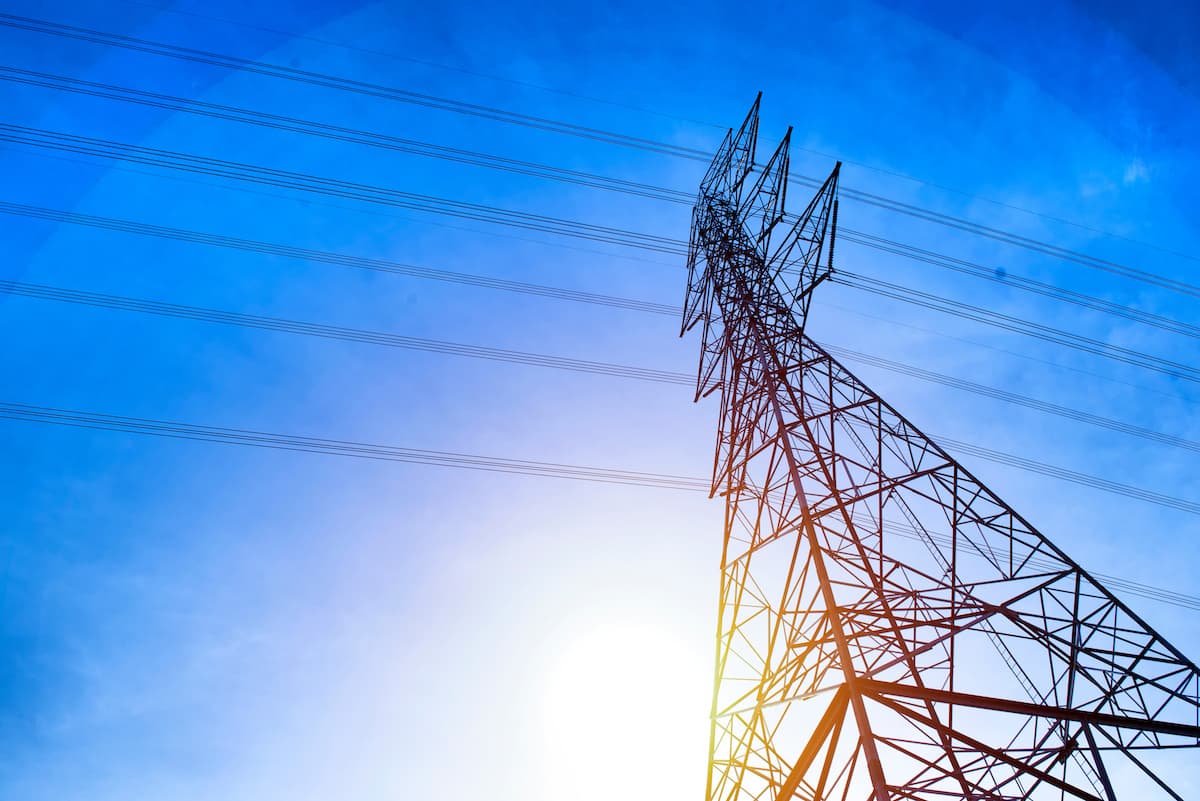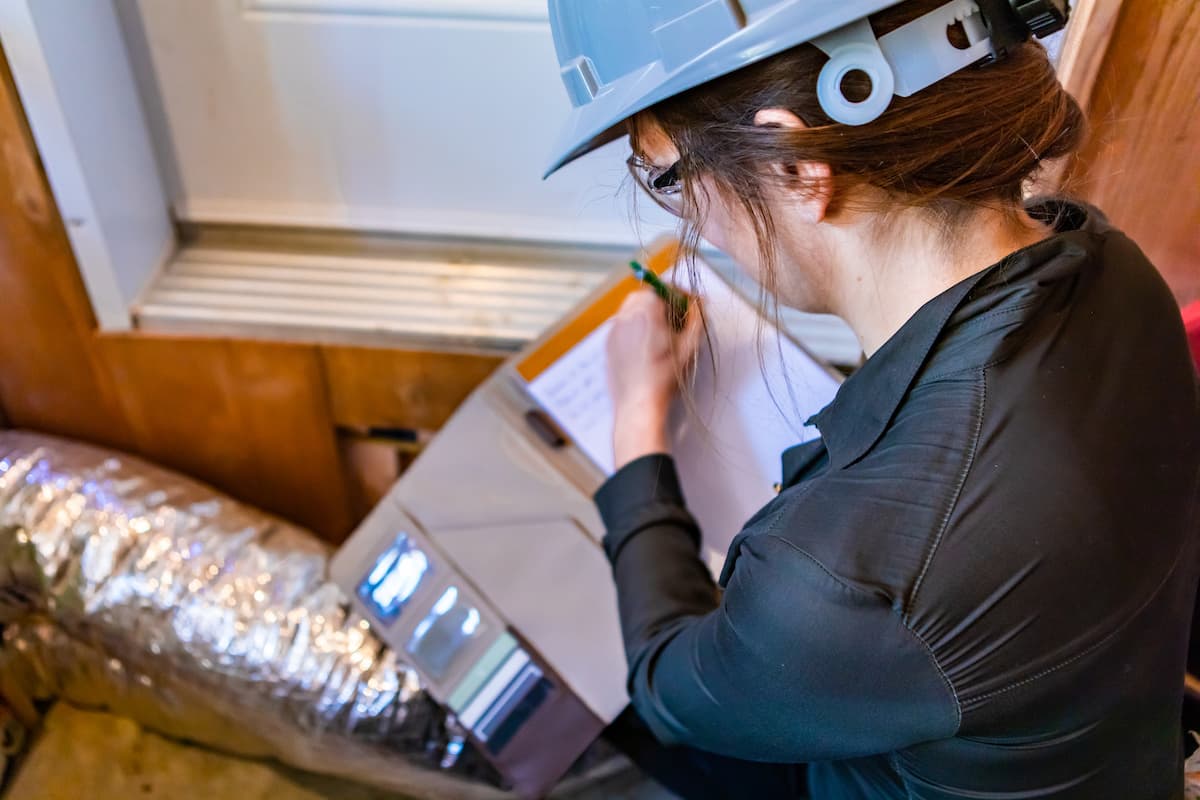What You Need to Know About Texas Electricity and Energy Texas
We’re giving you the knowledge you need to save money on your bill, learn more about the future of energy in Texas and not be bored to death while doing it. Check out our most recent posts below.

Best HVAC Systems for Texas Homes: A No-Bull Guide to Beatin’ the Heat
If you’re planning a new system or just looking to improve what you’ve got, remember: your HVAC is only half the equation.
Read more
Why Texas Has Its Own Power Grid (and What That Means for Ya)
While most of the country shares a power grid, we Texans have our own, run by the Electric Reliability Council of Texas (ERCOT).
Read more
What Uses the Most Electricity in Your Texas Home (And How to Wrangle Your Bill)
Let’s break down what appliances are hogging your electricity, and how you can cut ‘em down to size.
Read more
Blowin' in the Right Direction: How Wind Energy Powers Texas Homes
Texas leads the nation in wind energy. Learn how wind power shapes the grid and your bill.
Read more
Solar Without Panels? Yup, That's a Thing in Texas
Think you need rooftop solar panels to go solar in Texas? Think again, partner.
Read more
How to Choose the Right Electricity Contract in Texas (Without Losing Your Dang Mind)
With the freedom to choose your provider and plan, Texans can take control of their energy bills and ditch the surprises.
Read more
Moving to Texas from Illinois? Here's All You Gotta Know
Thinking of trading snow shovels for sunshine? You're not the only one.
Read more
How to Switch Electricity Providers in Texas
Switch electricity providers in Texas with confidence. Follow our step-by-step guide to find the best plan and avoid common pitfalls.
Read more
Moving to Texas from Florida? Here's What to Expect
Find out how much it costs to move from Florida to Texas, compare living expenses, and understand what you need to know as a prospective Texan.
Read more
Texas Energy Storage: The Secret Weapon Powering Our Lone Star Grid
Battery storage is changing the game in Texas. It’s not just backup—it’s the backbone of a more reliable, renewable Texas.
Read more
Moving to Texas from New York? Here’s All You Gotta Know
Explore everything you need to know about moving from New York to Texas. Get tips on costs, choosing the right city, and adjusting to your new life.
Read more
Passive Houses in Texas: Smart, Comfy, and Built for Our Wild Weather
Passive Homes are all about cutting energy use, keeping your indoor air fresh, and making sure you’re comfy.
Read more
How to Cut that Sky-High Gas Bill in Texas: Smart Ways to Keep More Cash in Your Pockets
Gas bill goin' on up, up, up? Here are some tips on how to keep your future gas bills lassoed in.
Read more
Picking the Right Power Plan: Your Texas Guide to Power to Choose
Finding your perfect Texas electricity plan just got easier!
Read more
Texas Energy: A Mix of Old and New Power
Explore Texas' mix of fossil fuels and renewable energy, including wind and solar.
Read more
Make the Most of Texas Energy Rebates: Saving Money and Going Green
Learn how you can save some serious cash with energy rebates in Texas.
Read more
Which Cooling System Wins in Texas: Heat Pump or AC?
Wondering whether a heat pump or AC unit is better for your Texas home?
Read more
Short-Term Electricity Plans in Texas: Flexible Fix or a Risky Ride?
Thinking about a short-term electricity plan in Texas? Weigh the perks and pitfalls of these flexible deals.
Read more
Stay Cool: The Best AC Units for the Texas Heat
Beat the Texas heat with the right AC unit without breaking the bank.
Read more
Breaking Down Texas Electricity Costs
Discover the cost of electricity in Texas and learn what impacts your bill.
Read more
Riding the Energy Roller Coaster: Variable Rate Electricity Plans in Texas
Learn all about variable rate plans, their potential benefits and drawbacks.
Read more